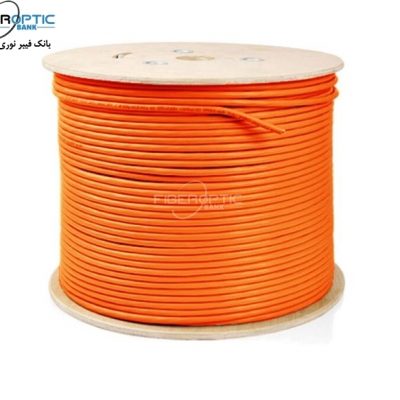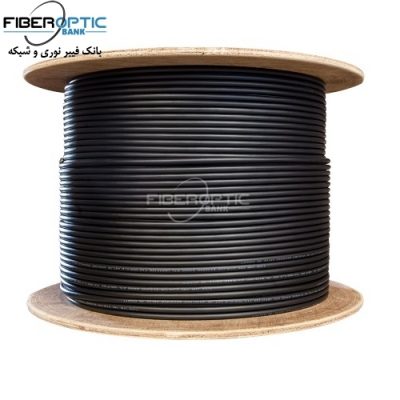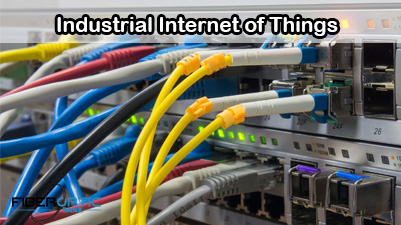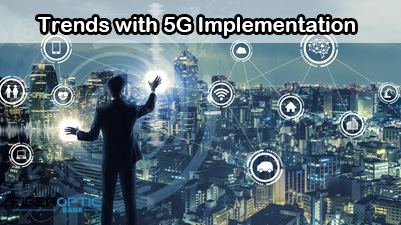Selecting the right unmanaged switch is essential for establishing a reliable and cost-effective network infrastructure. In contrast to managed switches, unmanaged switches are plug-and-play devices that require no manual configuration or network monitoring. They offer simplicity and ease of use, making them ideal for SMBs with limited IT resources. S1900 series switches are unmanaged switches and are worthy of your choice.
Features and Benefits
Metal Casing
The metal-cased unmanaged switch offers superior durability, heat dissipation, and anti-interference compared to their plastic counterparts. With a metal casing, these switches provide protection for internal electronic components, shielding them from external impacts and physical damage and contributing to improved stability and reliability. Furthermore, the excellent heat dissipation properties enable efficient absorption and conduction of heat. It ensures that the switch remains within a safe temperature range, mitigating the risk of performance degradation or failure caused by overheating. Moreover, the metal shell exhibits a shielding effect against external interference signals, effectively minimizing the impact of electromagnetic interference, and delivering a more stable and dependable network connection.
Fan and Fanless
Switches with fans offer improved heat dissipation capabilities, effectively absorbing and dissipating heat to maintain a safe operating temperature. The presence of fans enables these switches to handle higher processing power and throughput, efficiently managing heavier data traffic and network loads.
On the other hand, fanless switches utilize a passive cooling design, eliminating noise generated by mechanical operation. They rely on passive cooling methods and minimize the use of mechanical components, resulting in enhanced reliability and stability. These switches are well-suited for noise-sensitive environments such as offices, conference rooms, or quiet computer rooms. Fanless switches do not require additional cooling mechanisms, resulting in lower power consumption, energy savings, and reduced environmental impact.
PoE and non-PoE
Non-POE switches have a lower power consumption compared to POE switches since they do not need to provide power to POE devices. On the other hand, POE switches are designed to supply power to POE devices such as IP phones, wireless access points, cameras, etc., through network cables. As a result, POE switches typically consume more power than non-POE switches to meet the additional power requirements. Power consumption may also vary depending on the specific POE standards, as different standards correspond to different power output capabilities. Whether you need PoE or not, has an unmanaged switch to meet your needs.
Unmanaged Functions
Unmanaged switches are relatively simple and plug-and-play devices. They have port adaptation functions that can automatically adapt to different rates (such as 10Mbps, 100Mbps, 1Gbps, etc.) according to the connected devices. Additionally, they can filter packets based on the destination MAC address, ensuring that only the destination device receives forwarded packets. This feature not only enhances network performance but also helps improve security.
Conclusion
An unmanaged switch is a basic, no-frills networking device. They require no configuration, and they’re inexpensive enough to be used for small networks. For smaller networks and for certain dedicated applications, unmanaged Ethernet switches are an economical alternative to managed and web-smart Ethernet switches. Choose unmanaged switches, you can trust the quality.
Related products...
Network Cable
Network Cable
Network Cable


















[ratings]